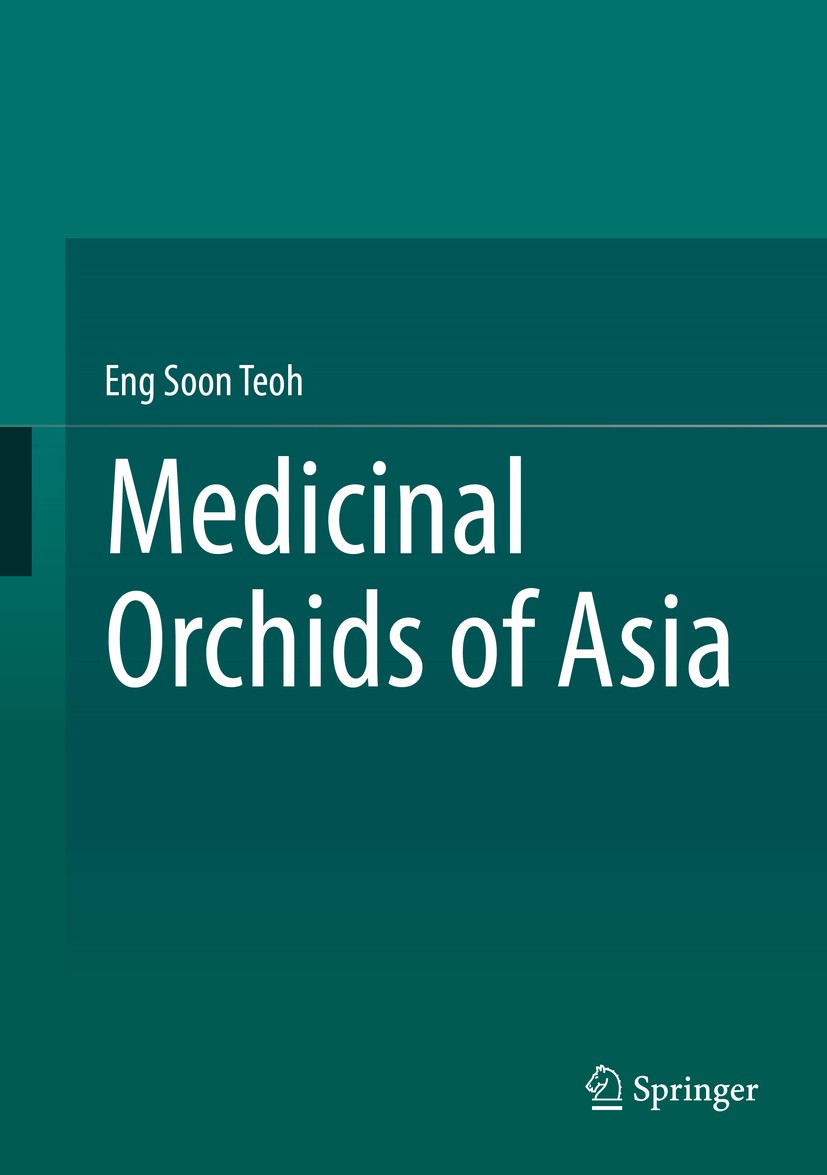| 书目名称 | Medicinal Orchids of Asia | | 编辑 | Eng Soon Teoh | | 视频video | http://file.papertrans.cn/630/629436/629436.mp4 | | 概述 | Describes more than 500 Asian orchid species with a wealth of beautiful color photos and drawings.Covers botanical, ecological, ethno-medicinal and pharmacological aspects.Features more than 1,200 ref | | 图书封面 |  | | 描述 | .This unique book brings together a wealth of data on the botanical, ethno-medicinal and pharmacological aspects of over 500 species of Asian medicinal orchids. It starts off by explaining the role and limitations of complimentary and herbal medicines, and how traditional Asian medicine differs from Western, “scientific” medicine. The different Asian medical traditions are described, as well as their modes of preparing herbal remedies. The core of the book presents individual medicinal orchid species arranged by genera. Each species is identified by its official botanical name, synonyms, and local names. Its distribution, habitat and flowering season, uses and pharmacology are described. An overview sums up the research findings on all species within each genus. Clinical observations are discussed whenever available, and possible therapeutic applications are highlighted. The book closes with chapters on the conservation of medicinal orchids and on the role of randomized clinical trials.. | | 出版日期 | Book 2016 | | 关键词 | TCM; Ethnobotany; Ethnopharmacology; Medicinal plants; Orchid taxonomy; Secondary plant metabolites; Tradi | | 版次 | 1 | | doi | https://doi.org/10.1007/978-3-319-24274-3 | | isbn_softcover | 978-3-319-79598-0 | | isbn_ebook | 978-3-319-24274-3 | | copyright | Springer International Publishing Switzerland 2016 |
The information of publication is updating

|
|
 |Archiver|手机版|小黑屋|
派博传思国际
( 京公网安备110108008328)
GMT+8, 2025-11-17 22:28
|Archiver|手机版|小黑屋|
派博传思国际
( 京公网安备110108008328)
GMT+8, 2025-11-17 22:28


